Soil is the foundation of a successful garden or agricultural venture. Healthy soil contains nutrients, organisms, and structures supporting plant growth and resilience. Soil Improvement Practices are crucial for anyone looking to improve their garden, lawn, or farm. This article explores various soil improvement methods, focusing on practical techniques and benefits, particularly for clay soils.
Works Aimed at Soil Improvement Practices
Improving soil quality involves several techniques to improve soil structure, fertility, and overall health. Here are some standard but effective methods:
Aeration
Aeration involves piercing the soil with small holes to allow air, water, and nutrients to penetrate the grassroots. This process helps to reduce soil compaction, promotes root growth, and improves soil structure.
Composting
Adding compost to soil introduces organic matter, which improves soil structure, water retention, and nutrient content. Composting recycles kitchen and garden waste, turning it into a rich soil amendment.
Mulching
Mulching involves covering the soil surface with organic or inorganic materials. Mulch helps retain moisture, regulate soil temperature and suppress weeds. Organic mulches, such as straw or wood chips, decompose over time, adding nutrients to the soil.
Clay soil presents unique challenges for lawn maintenance, such as poor drainage and compaction. However, with the right approach, you can improve the clay soil and create a flourishing, healthy lawn.
Challenges of Clay Soil
Clay soil is dense and heavy, making it difficult for water and roots to penetrate. It tends to retain water, leading to poor drainage and root rot. When dry, clay soil becomes hard and compacted, inhibiting root growth.
Step-by-Step Guide to Improving Clay Soil
- Aeration: Use a lawn aerator to pierce the soil, reducing compaction and improving water and nutrient penetration.
- Incorporate organic matter: Add compost or well-rotted manure to the soil. Organic matter helps break up clay particles and improve soil structure.
- Use Gypsum: Gypsum is a soil amendment that helps to break down heavy clay soils, improving drainage and root penetration. Apply gypsum according to the package instructions.
- Regular maintenance: Continue to aerate and add organic matter annually or more often as per the expert’s recommendation to maintain soil health.
Improving Clay Soil Lawn
Maintaining a healthy lawn on clay soil requires ongoing effort and specific strategies.
Practical Tips for a Healthy Lawn
- Regular aeration: Aerate your lawn at least once a year, ideally in the fall or spring.
- Grass selection: Choose grass varieties well-suited to clay soil, such as tall fescue or perennial ryegrass.
- Fertilization: Use a balanced fertilizer to provide essential nutrients. Organic fertilizers are preferable as they improve soil structure over time.
- Watering practices: Water deeply but infrequently to encourage profound root growth. Avoid overwatering, which can worsen drainage issues in clay soil.
Clay Buster Soil Improver
A clay buster soil improver is specifically designed to improve the structure and fertility of clay soils.
What is a Clay Buster?
Clay busters are soil amendments, often containing gypsum and organic matter, that help to break up heavy clay soils. They improve aeration, drainage, and nutrient availability.
Application Methods and Best Practices
- Read the instructions: Follow the manufacturer’s guidelines for application rates and methods.
- Combine with organic matter: For best output, apply a clay buster with organic matter such as compost.
- Regular application: Apply clay buster soil improvers annually to maintain soil health.
Which Factors Improve Soil Fertility
Soil fertility is influenced by several factors that contribute to the soil’s ability to support healthy plant growth.
Key Factors Influencing Soil Fertility
- Nutrient availability: Essential nutrients like nitrogen, phosphorus and potassium must be present in the soil for plants to progress.
- Soil pH: The pH level affects nutrient availability. Most plants prefer a slightly acidic to neutral pH (6.0-7.0).
- Organic matter content: Organic matter improves soil structure, water retention, and nutrient content.
- Microbial activity: Healthy soils abound in beneficial micro-organisms that help decompose organic matter and release nutrients.
Techniques to Enhance Soil Fertility
- Crop rotation: Rotating crops helps prevent nutrient exhaustion and reduces pest and disease buildup.
- Green manures: Planting cover crops and then turning them into the soil adds organic matter and nutrients.
- Use of organic fertilizers: Organic fertilizers, such as compost and manure, provide a slow-release source of nutrients and improve soil health.
How to Improve Drainage in Soil
Good soil drainage is crucial for preventing root rot and promoting healthy plant growth.
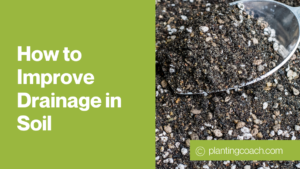
Importance of Good Soil Drainage
Poor drainage can lead to waterlogged soil, which deprives roots of oxygen and promotes fungal diseases.
Methods to Improve Soil Drainage
- Installing drainage systems: Create “French drains” or raised beds to improve drainage in poorly drained areas.
- Using soil amendments: Incorporate sand, perlite, or prickly organic matter to improve soil structure and drainage.
- Creating raised beds: Raised beds elevate the root zone, improving drainage and soil aeration.
How to Improve Grass on Clay Soil
Growing grass on clay soil requires specific strategies to overcome the inherent challenges of clay.
Challenges of Growing Grass on Clay Soil
Clay soil’s poor drainage and compaction can hinder grass growth and lead to unhealthy lawns.
Effective Strategies to Improve Grass Growth
- Regular maintenance and care: Consistent lawn care practices, including aeration, fertilization, and watering, are essential for healthy grass on clay soil.
- Soil conditioning techniques: Use soil conditioners like gypsum and organic matter to improve soil structure.
- Optimal watering practices: Water deeply and less frequently to promote deep root growth and avoid waterlogged soil.
Long-term Soil Improvement Practices
Sustainable soil improvement practices ensure long-term soil health and fertility.
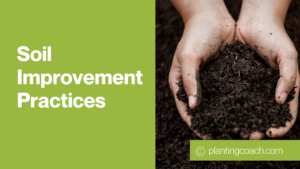
Sustainable Soil Improvement Methods
- Cover cropping: Planting cover crops protects the soil from erosion, adds organic matter, and improves soil structure.
- No-till gardening: Avoiding tillage preserves soil structure and promotes beneficial microbial activity.
Benefits of Continuous Soil Improvement Efforts
- Enhanced soil health: Ongoing soil improvement efforts lead to healthier, more productive soil.
- Increased crop yields: Improved soil fertility and structure result in higher crop yields and better plant health.
Summary
Improving soil quality is a vital aspect of gardening and agriculture that offers numerous benefits. Embracing various Soil Improvement Practices can upgrade soil structure, fertility, and overall health. Whether dealing with clay soil or improving drainage and fertility, implementing these practices will lead to a more productive and sustainable garden or lawn. Start upgrading your soil today and reap the rewards of a healthier, more vibrant growing environment.
FAQ
Q1: What are the most effective Soil Improvement Practices for clay soil?
Aeration, composting, and the application of gypsum are among the most effective techniques for improving clay soil. These methods help break up compacted soil, improve drainage, and increase nutrient availability.
Q2: How often should I aerate my lawn to improve clay soil?
It is recommended to aerate your lawn at least once a year, ideally in the fall or spring. Regular aeration helps reduce soil compaction and promotes healthy root growth.
Q3: Can I use household compost to improve soil fertility?
Yes, household compost is an excellent way to improve soil fertility. Compost adds organic matter, improves soil structure, and provides essential nutrients for plant growth.
Q4: What are the signs of poor soil drainage and how can I fix them?
Standing water, yellowing plants, and slow growth are signs of poor soil drainage. To improve drainage, consider installing drainage systems, incorporating soil amendments, or creating raised beds.
Q5: How do I choose the right grass variety for clay soil?
When choosing grass for clay soil, consider varieties like tall fescue or perennial ryegrass that are more tolerant of clay’s dense structure. These grasses have deep root systems that help them thrive in challenging soil conditions.
By following these guidelines and implementing the suggested practices, you can significantly improve your soil’s health and productivity, ensuring a thriving garden or lawn.
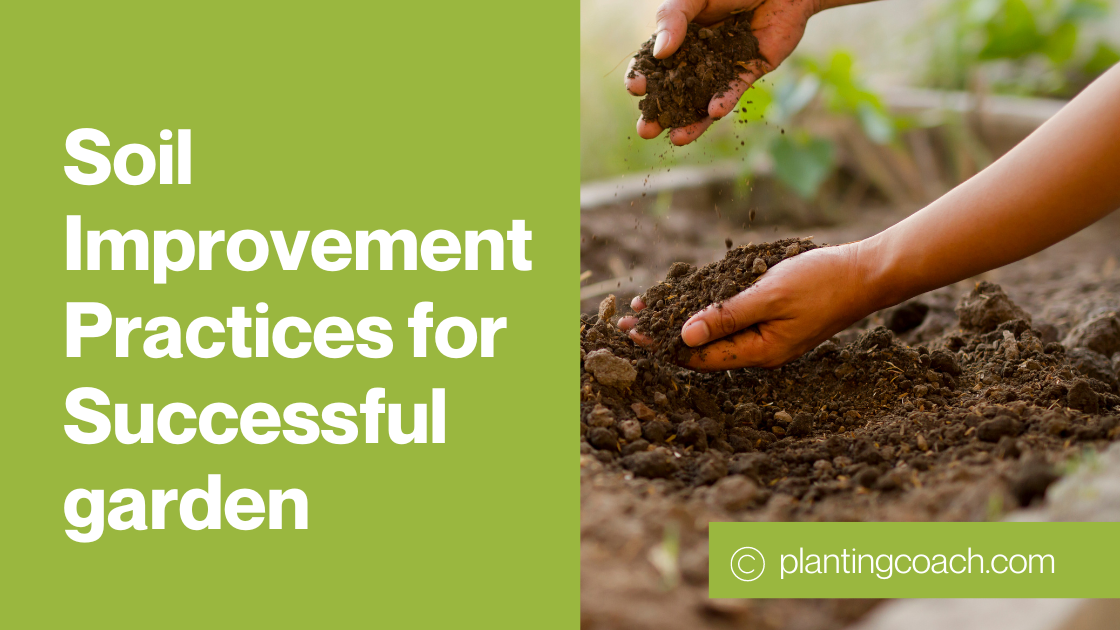


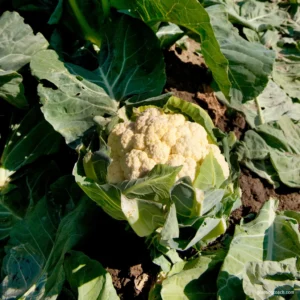
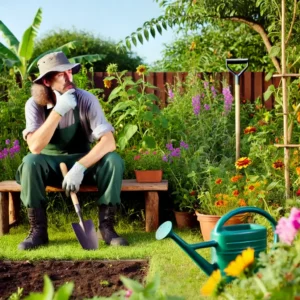

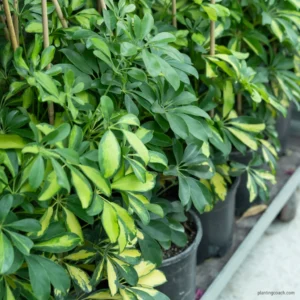

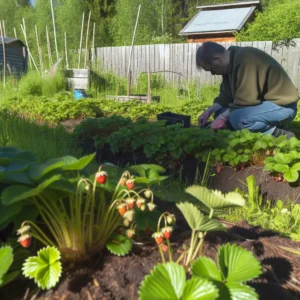
Your article provides an extensive and detailed analysis of the topic showcasing both critical insights and nuanced perspectives. The depth of research is clearly evident and the well-organized presentation makes complex concepts accessible. This post is a valuable addition to the discourse and reflects a high level of professionalism. I look forward to your future writings which continue to explore such important issues with the same rigor.